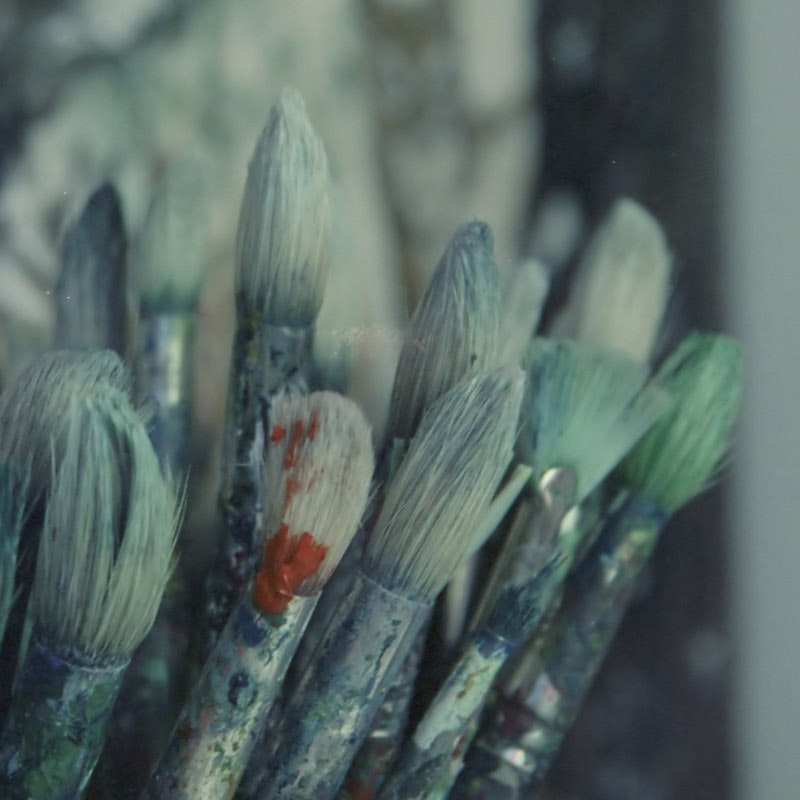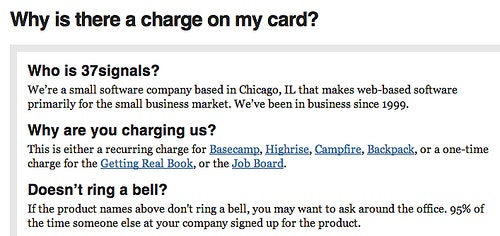What exactly do Toyota, Nike and Apple expect in return when they throw millions at their designers? “Something really pretty; something beautiful” one might say. True, but when we think about it, we all know that at the end of the day, what these companies expect in return is increased sales. They expect to sell more.
So do the same rules and expectations apply to the web? While the processes and tasks of a web designer may differ from those of an industrial designer, their core business goal ought to be the same: to increase sales. However, this is often not the case. A lot of websites are “over designed”, some websites being closer to a piece of art than a platform for sales or leads of some kind.
Perhaps consumer products are to blame. E.g. one might be lead to think that because a beautiful car sells better than its uglier alternative, a beautiful website will likewise sell better than an ugly website. However, there’s an important difference between the two: the car is a consumer product, whereas the website is a platform for selling products or services, directly or indirectly.
This difference is important to keep in mind because a beautiful web design often also translate into a broken website that’s difficult to use (unlike a car which rarely gets more difficult to steer just because it looks good). Some of the common offenders you’ll find on these beautiful but broken websites are: confusing navigation, breaking of web-conventions, decoration fluff, lack of clear directions and labeling, no call-to-action (or too many), and too small font sizes.
A web designer might interrupt me now and say “well, I have succeeded in creating a site that’s beautiful and sells a lot”. The key here is priority. What do you have in mind when designing a new website:
- One that looks good or one that converts well?
- And which of those two do you spend most of your time working on?
- When you get an idea for an element for the site that looks really good, but makes the site a bit more difficult to use; do you implement it?
Truth to be told, most web designers focus on the looks part more than they do on the conversion/usability part, which is fundamentally flawed, because the business goal for the site is to sell more - something that’s directly related to the usability of the site. This is why I’m so fond of the word “conversion design”.
Conversion design essentially means you prioritize conversion over aesthetics. In conversion design, graphic elements are only added when they encourage the visitors of the website to complete a desired goal. The navigation menu is designed to be easy to use, not necessarily to blend in perfectly well with the look and feel of the overall design. And any element that doesn’t increase usability is removed no matter how flat or bland the site end up looking.
Some may say this doesn’t have much to do with design. I beg to differ. Design is about achieving goals, not decorating elements for the sake of making them pretty. Web design is about influencing the behavior of your visitors, structuring every element on the website around an overall goal, typically selling a product or having visitors sign-up for something. You use design as a tool to achieve and maximize the ultimate strategic goal of your site: to turn visitors into customers.
Conversion design is about fulfilling the business goal of your website: to sell more.
What is your opinion on conversion design?




